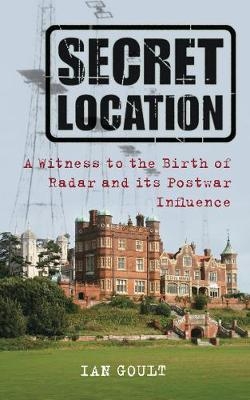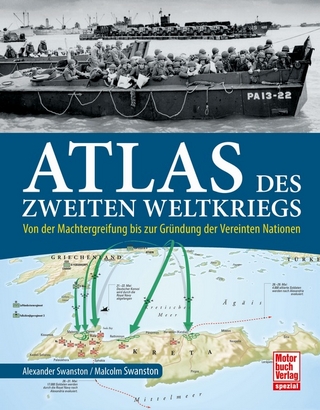
Secret Location
A Witness to the Birth of Radar and its Postwar Influence
Seiten
2010
The History Press Ltd (Verlag)
978-0-7524-5776-5 (ISBN)
The History Press Ltd (Verlag)
978-0-7524-5776-5 (ISBN)
Secret location
During the 1930s the popular press were carrying stories of a death ray that could disable aircraft, and it became such a popular notion that an investigation was carried out by a government scientist, Robert Watson-Watt. His discovery was that it was not that electro-magnetic waves could interfere with aircraft, but that aircraft could interfere with radio transmissions. The strategic importance of this was appreciated and a secret establishment was set up to develop a means of using radio transmissions to detect the approach of enemy aircraft – the birth of radar. As World War II broke out Ian Goult joined this elite group of scientists – aged only sixteen – as a lab assistant, working on GEE, a navigational aid allowing accurate location of targets. Its success allowed Bomber command to effectively navigate as far as the Ruhr.
In Secret Location, Goult describes taking part in work on radar and microwave techniques that gave Britain supremacy in the air, and greatly improved submarine detection during the Battle of the Atlantic, saving thousands of tons of materiel and many lives. Told in an engaging style, this book offers a unique insight in those men whose achievements during the war have been underappreciated, but whose efforts were a key factor in the Allied victory. Postwar, Ian Goult was closely involved in the development of ground proximity warning systems and and the very first ATOL.
During the 1930s the popular press were carrying stories of a death ray that could disable aircraft, and it became such a popular notion that an investigation was carried out by a government scientist, Robert Watson-Watt. His discovery was that it was not that electro-magnetic waves could interfere with aircraft, but that aircraft could interfere with radio transmissions. The strategic importance of this was appreciated and a secret establishment was set up to develop a means of using radio transmissions to detect the approach of enemy aircraft – the birth of radar. As World War II broke out Ian Goult joined this elite group of scientists – aged only sixteen – as a lab assistant, working on GEE, a navigational aid allowing accurate location of targets. Its success allowed Bomber command to effectively navigate as far as the Ruhr.
In Secret Location, Goult describes taking part in work on radar and microwave techniques that gave Britain supremacy in the air, and greatly improved submarine detection during the Battle of the Atlantic, saving thousands of tons of materiel and many lives. Told in an engaging style, this book offers a unique insight in those men whose achievements during the war have been underappreciated, but whose efforts were a key factor in the Allied victory. Postwar, Ian Goult was closely involved in the development of ground proximity warning systems and and the very first ATOL.
Ian Goultjoined TRE when he was16 as a lab assistant and waslater promoted to technical assistant. He saw firsthand the development and utilization of radar in World War II. After the War he had a long career in radar and military electronic surveillance. He is the author of "Vapour Trails.""
| Erscheint lt. Verlag | 15.10.2010 |
|---|---|
| Verlagsort | Stroud |
| Sprache | englisch |
| Maße | 130 x 200 mm |
| Gewicht | 190 g |
| Themenwelt | Natur / Technik ► Fahrzeuge / Flugzeuge / Schiffe ► Militärfahrzeuge / -flugzeuge / -schiffe |
| Sozialwissenschaften ► Politik / Verwaltung | |
| Technik ► Nachrichtentechnik | |
| ISBN-10 | 0-7524-5776-4 / 0752457764 |
| ISBN-13 | 978-0-7524-5776-5 / 9780752457765 |
| Zustand | Neuware |
| Haben Sie eine Frage zum Produkt? |
Mehr entdecken
aus dem Bereich
aus dem Bereich
von der Machtergreifung bis zur Gründung der Vereinten Nationen
Buch | Softcover (2023)
Motorbuch Verlag
24,90 €


